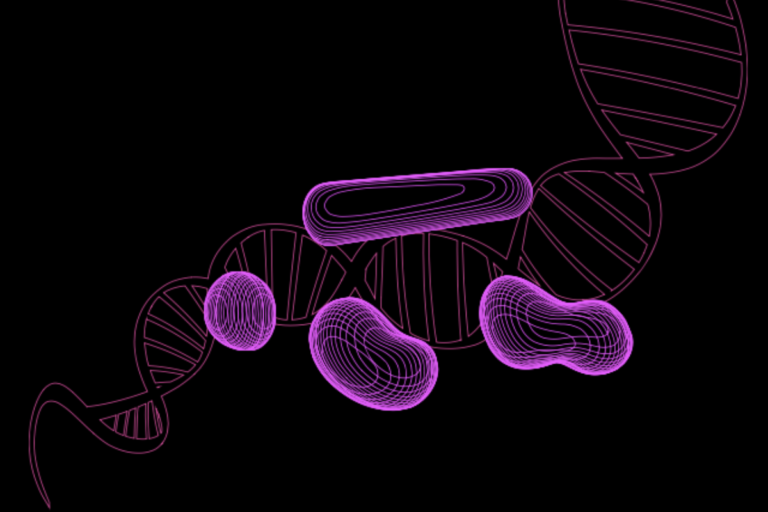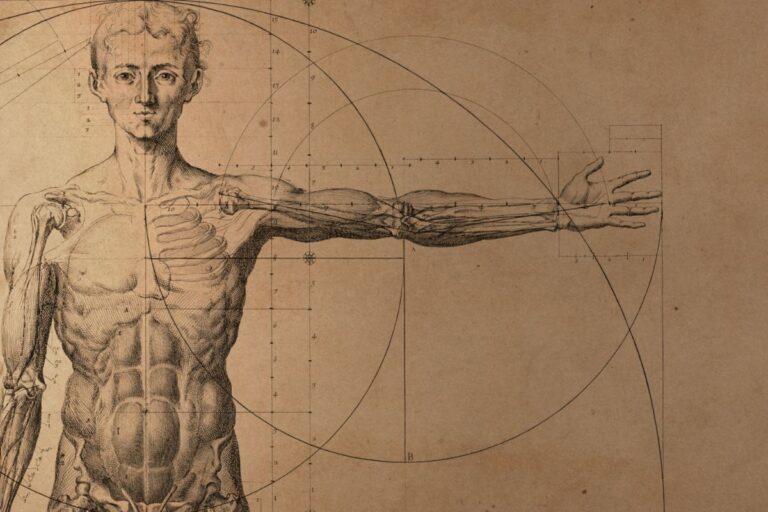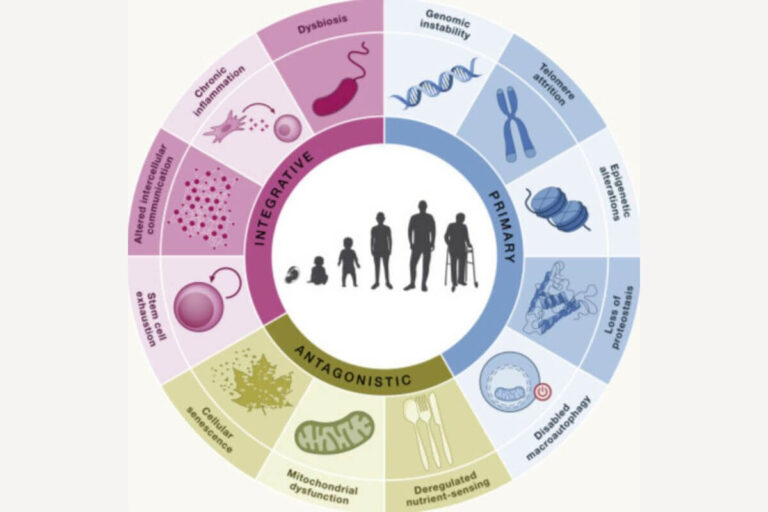Your biological age says more about your health than your chronological age. While chronological age simply counts the years since your birth, biological age reflects how old your body is at the cellular level. In this guide, we take a look at one of the most promising methods for measuring biological age is epigenetic clocks, which analyze DNA methylation patterns.
What is an Epigenetic Clock?
An epigenetic clock is a method that estimates biological age by analyzing patterns of DNA methylation—a chemical modification of DNA that influences gene expression without altering the genetic code. The epigenetic clock developed by researcher Steve Horvath is one of the most well-known and has been used in hundreds of studies to investigate links between biological age, diseases, and longevity.
How Do Epigenetic Clocks Work?
The process involves taking a sample from either blood or saliva, which is then analyzed in a laboratory. Researchers measure methylation levels at specific sites on the DNA and compare these to reference data to estimate biological age.
- Blood Sample: Considered to provide more reliable results because blood reflects multiple systems in the body.
- Saliva Sample: Convenient and non-invasive, but may be less accurate due to variations in cell types.
Benefits of Epigenetic Clocks
- High Precision: Epigenetic clocks have been validated in numerous studies and are considered the most robust method for measuring biological age.
- Cutting-edge Research: These tests are actively used in research on aging and diseases.
- Ability to Track Changes: Can be used to evaluate the effects of lifestyle changes and interventions.
Drawbacks and Criticism
Despite their promising potential, there are several factors to consider when using epigenetic clocks, particularly at the individual level. While the method is reliable in large population studies, it has been shown to be less accurate for individual assessments.
- Cost: Tests are often expensive and require advanced laboratory analysis.
- Limited Practical Use: Apart from research, it is still unclear how these results can be integrated into clinical practice.
- Uncertainty in Interpretation: A biological age that is “higher” or “lower” than your chronological age can be difficult to interpret without context.
- Criticism of Oversimplification: Some researchers argue that epigenetic clocks only measure one aspect of aging and do not capture the full picture.
Sara Hägg, an associate professor at Karolinska Institute, has been involved in research that highlights these challenges. Despite advancements in methods to improve the precision of epigenetic clocks, such as using principal component analysis (PCA), individual variation and technical noise remain factors that can affect measurement accuracy. Hägg and her team have shown that these methods work better in longitudinal studies with repeated measurements over time, but they are still not reliable enough to provide individualized recommendations.
Other Methods for Measuring Biological Age
In addition to epigenetic clocks, there are other methods, such as telomere length and proteomics analysis. These offer alternative insights but are generally considered less precise. Physiological tests, such as measures of muscle strength and lung capacity, can also contribute to an understanding of your biological age.
Conclusion
Epigenetic clocks are one of the most advanced ways to measure biological age and can provide valuable insights into your health. They are particularly useful in research, but their reliability at the individual level remains a challenge. The tests should be seen as a tool rather than an absolute truth. If you are considering a test, choose a method that fits your needs and budget, and use the results to make informed decisions about your health.
Where Can I Test My Biological Age?
Several companies offer tests to measure biological age through epigenetic analysis. Below are some of them:
These tests can be done via the companies’ websites, where you typically order a kit for sample collection, which is then sent to a laboratory for analysis.







